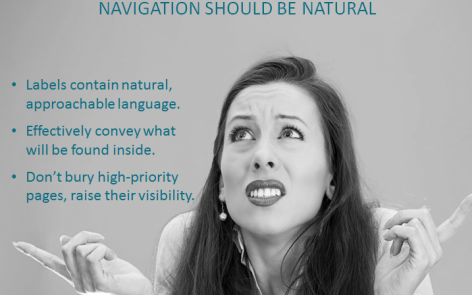Business reply cards (BRCs) have deep roots in American marketing, starting as far back as 1928. They’ve been around longer than Medicare. Frozen foods. Scotch tape. Canned beer. Teflon. And even Monopoly. But despite their longevity—or perhaps because of it—some companies may question their effectiveness in today’s highly digital world.
If you’re toying with the idea of abandoning this channel in a future marketing effort, take a deep breath. Then consider the following findings before making a decision that just might suppress your results:
- If your audience includes a segment that skews a little older—say, 40s, 50s, or above—a BRC may garner greater response than your microsite or phone options. Reply cards and response devices are familiar and convenient, and frankly, some older audiences aren’t tied to their internet devices like Millennials and younger consumers.
- Reply cards offer a sense of control and privacy—boundaries, if you will. Recipients have more control over what information they’re comfortable providing while still qualifying for your offer (i.e., free guide, widget, etc.). A paper reply also frees them from concerns about being tracked and monitored (and sometimes hounded) online, or having their e-form rejected because they chose to not include information they’re not willing to trust you with—yet.
- Reply devices sometimes have a longer shelf life. Prospects may dispose of your letter or brochure, but hang onto the reply vehicle for future consideration or to act upon later when they have more time.
- You can’t argue with results. Tests show that reply cards typically do lift response in both lead-gen efforts and full-on solicitations. They often perform well in industries such as insurance, travel, healthcare (including Medicare), and financial products.
Here at Anderson Direct & Digital, we’ve found that BRCs and reply devices are definitely alive and kicking. Take a look at two representative examples:
- CRYSTAL CRUISES: 68% of responses to the prospect mailings we create for Crystal Cruises come from BRCs, with the remaining 32% crossing phone and microsite channels. It’s important to note that since most cruises are booked directly through travel agents, the primary reason people respond to the mailings is to request a free brochure or catalog. Also, this audience tends to skew older, with the majority around age 65 and up.
- XEROX: Even in the world of high-tech printers and B2B marketing, BRCs still pull their weight. Between 2002 and 2013, business reply cards garnered about half of all responses, with online pulling in the remaining half, even though a toll-free phone option was offered. In earlier years, reply cards represented as much as 75% of all responses before we implemented tactical tests and incentives to encourage responders to reply online.
What has your experience been with BRCs and reply devices? Are they still providing adequate lift that justifies the expense, or is online taking over as the preferred reply channel? Do you notice a difference between audiences, verticals, lead gen vs. sales, etc.? We’d love to hear what’s working for you, and why.





